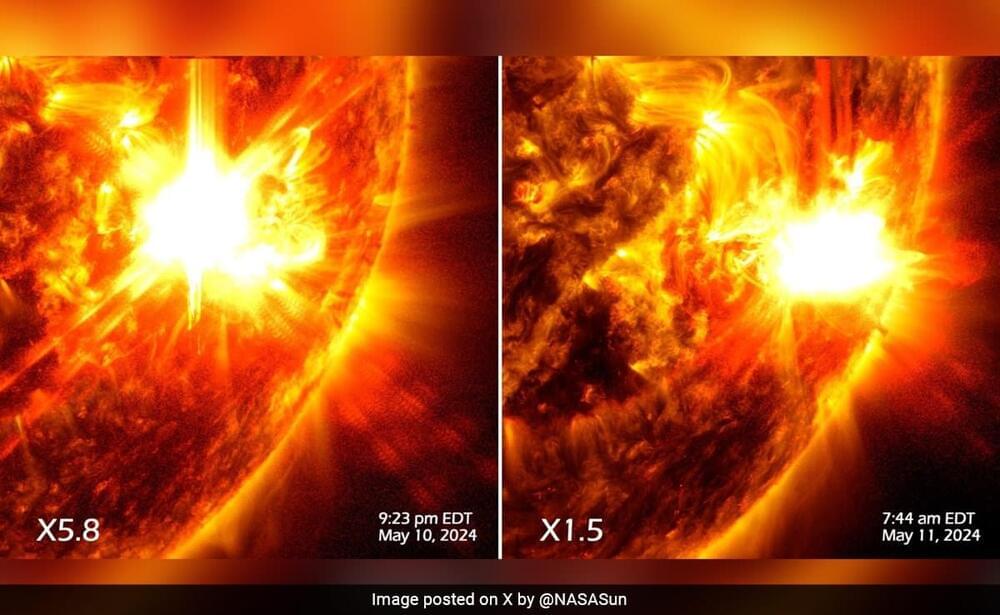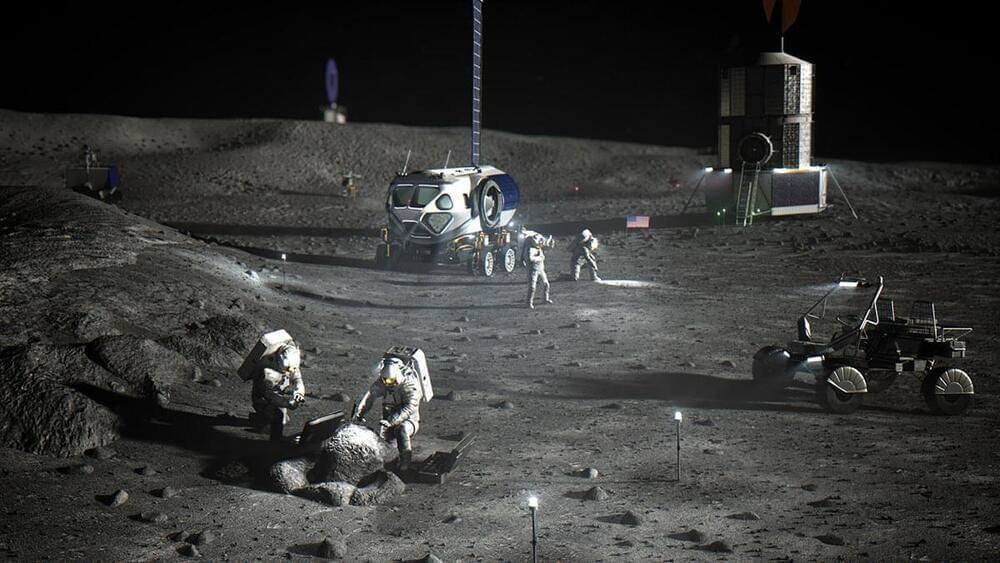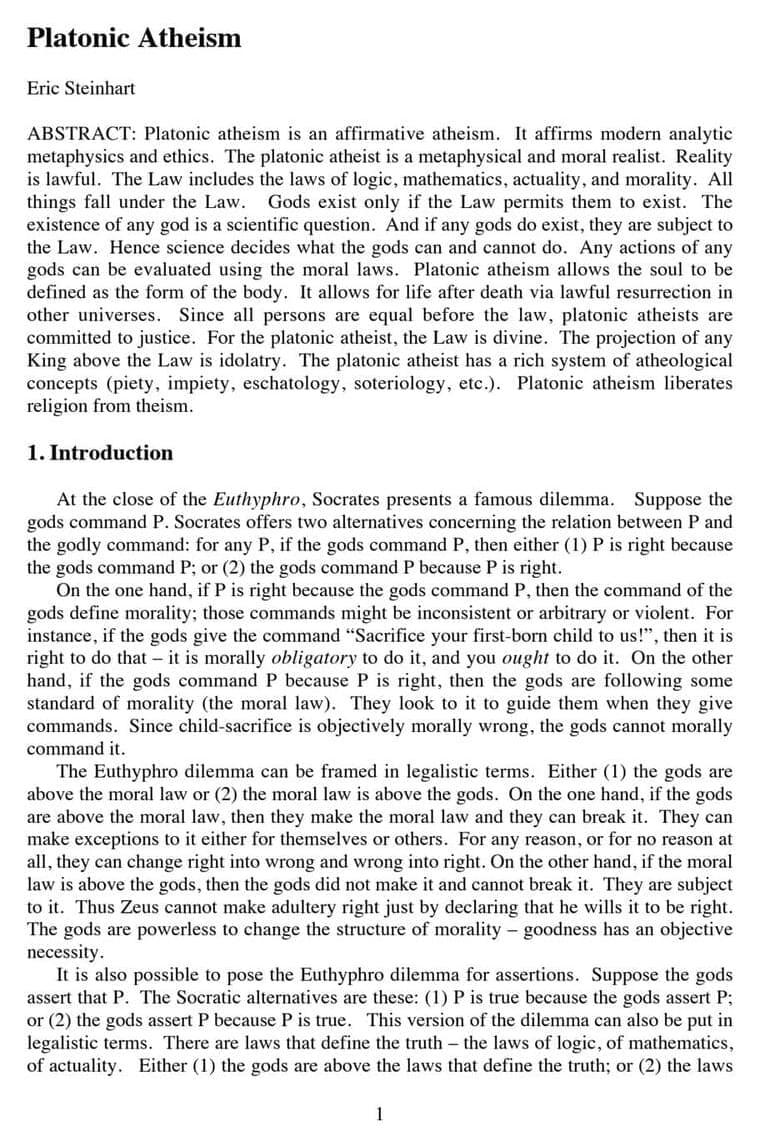The Beijing startup founded by technology pioneer Kai-Fu Lee is introducing its first artificial-intelligence application for consumers, a step aimed at helping China capitalize on the promising technology.




NASA’s Office of Technology, Policy, and Strategy (OTPS) is asking members of the lunar community to respond to a new Lunar Non-Interference Questionnaire that will inform the development of a framework for further work on non-interference of lunar activities. There is no funding or solicitation expected to follow.
OTPS was created in November 2021 within the Office of the NASA Administrator to work transparently in collaboration across NASA and with the broader space community to provide NASA leadership with a trade space of data-and evidence-driven options to develop and shape NASA policy, strategy, and technology.
As dozens of countries and private sector companies have expressed interest in establishing lunar operations by the end of the decade, including many in the South Pole region, it will be critical to determine how to minimize interference and contamination in lunar activities. Deconfliction has been identified as an area of further work in Section 11 of the Artemis Accords and will be an area of increasing importance as the number of commercial and international actors operating on the lunar surface grows.



ALGORITHMS THAT DECODE IMAGES A PERSON SEES OR IMAGINES will enable visual representations of dreams a sleeper is having, and give deeper insights into emotionally disturbed or mentally ill patients.
Go to a href= https://brilliant.org/coldfusion
The rapid development and deployment of humanoid robots in the global labor market is inevitable and offers significant advantages over human labor, leading to a race to adopt this technology as quickly as possible Questions to inspire discussion What are the advantages of humanoid robots over human labor? —Humanoid ro.


In a milestone, supermaterials trailblazer Lyten has shipped lithium-sulfur (Li-S) batteries to Stellantis and other US and EU OEMs for testing.
Lyten’s shipment of A samples of its 6.5 Ah Li-S pouch cells is the first major step in the commercial evaluation of lithium-sulfur batteries by leading US and European automakers. Stellantis announced that it had invested in Lyten’s lithium-sulfur battery development in May 2023.
“This milestone is the result of years of dedicated work and innovation from the Lyten team, and we are just at the start of further expanding the capabilities of our lithium-sulfur battery cells,” said Lyten CEO and cofounder Dan Cook.

Tesla is planning to remove the steering wheel nag, which alerts drivers to apply torque on the steering wheel, with a new Supervised Full Self-Driving (FSD) update coming next week.
Yesterday, we reported on CEO Elon Musk giving an outline of the upcoming FSD software updates.
The CEO says that Tesla is preparing to launch fully retrained models in FSD v12.4 as soon as next week.